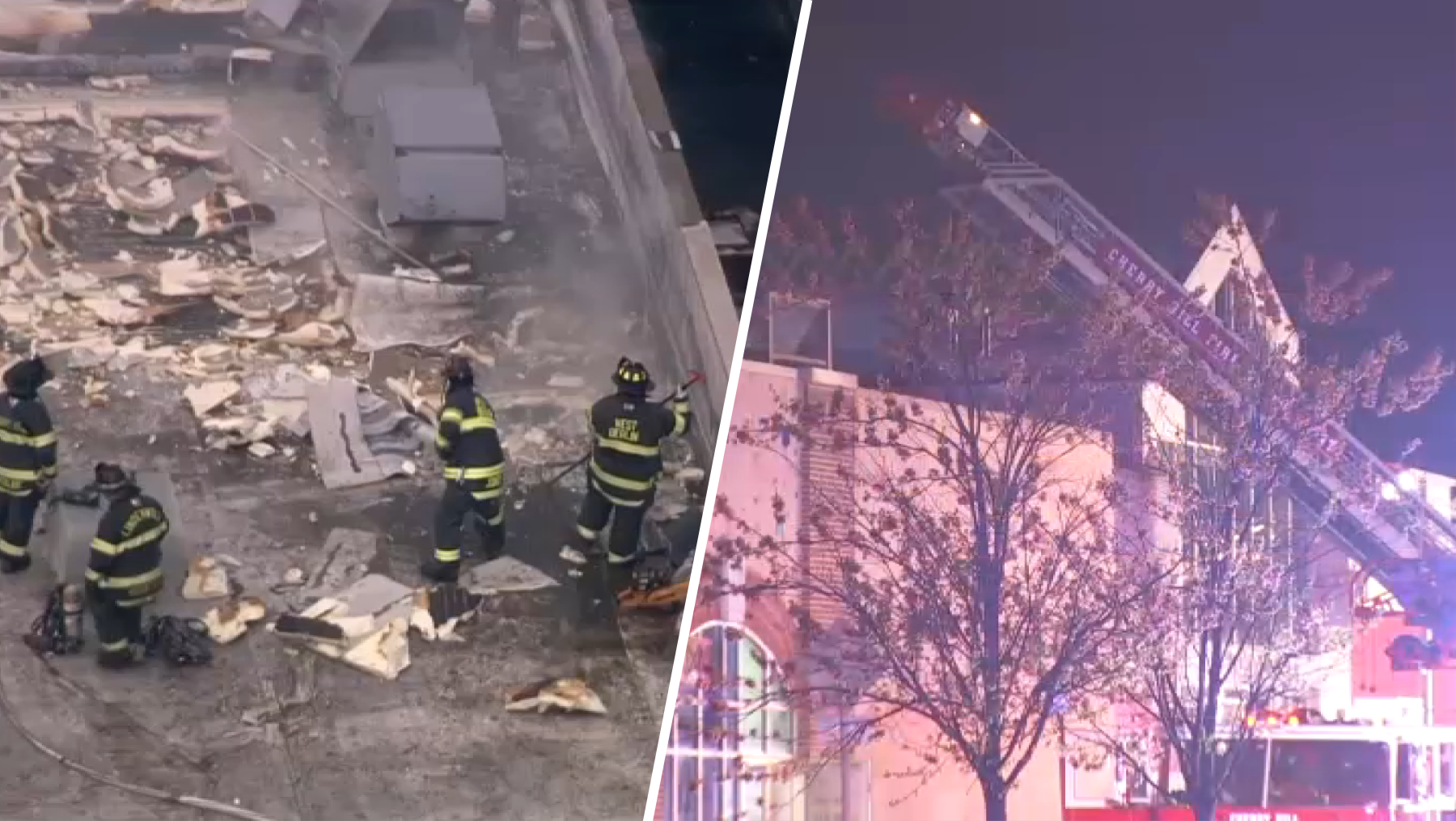The Philadelphia Parking Authority is processing hundreds of thousands of red light violations in Philadelphia. However, only a fraction result in tickets – leading to a potential waste of resources.
NBC10.com obtained 2012 performance reports for red light cameras in Philadelphia. An analysis found the vast majority of violations recorded by the city’s 108 red light cameras don't result in tickets. Some cameras forgave nearly all the violations they logged.
Sixteen cameras had 90-percent or more of their violations rejected for not being actual violations.
A camera on the northbound side of Broad Street at Oregon Avenue in South Philadelphia recorded 6,208 violations, but only 23 tickets were issued. That’s a 99.6-percent violation rejection rate.
Another camera on the southbound side of 34th Street at Grays Ferry Avenue logged 39,863 violations in 2012. However, only 3,393 tickets were mailed to red light runners.
The camera on southbound Aramingo Avenue at Castor had a violation rejection rate of 91.4-percent. More than 24,800 violations were recorded and only 2,100 tickets were issued.
In all of 2012, only 28-percent of recorded violations resulted in tickets our analysis found. PPA consultants and American Traffic Solutions had previously said half the violations they recorded were not ticketable offenses. But our review found that number to be much higher – near 70-percent.
Local
Breaking news and the stories that matter to your neighborhood.
Each time a violation is recorded, two photos are taken, according to the Philadelphia Parking Authority (PPA). The first when a vehicle crosses over the intersection’s stop line. The second photo is shot soon after – meant to catch the same vehicle traveling through the intersection.
Those photos are sent digitally for review by two PPA employees. If they determine a violation to be legitimate, it is passed up to a Philadelphia Police Officer. Following the officer’s review, a $100 ticket is issued.
The PPA spent more than $4.5 million to maintain the cameras, film data and on technical support last year, according to the agency. Those services are performed by the camera progam's contractor, American Traffic Solutions. An additional $569,000 was paid to staff the red light program and $42,000 went to Philadelphia Police for their violation review services.
According to the program’s annual report, those funds are taken from ticket revenue. In 2012, the entire program generated $19.3 million in revenue.
PPA spokesman Martin O’Rourke says the goal of the program is to save lives and not make money. He says the high rejection rates can be attributed to vehicles activating a sensor embedded in the intersection’s white line, but not actually running the light.
“Each image is inspected to make sure the vehicle tire has totally crossed the white line before a violation is certified and subsequently issued,” he said.
The PPA also says some of the cameras are at intersections where drivers are allowed to turn on red. Some cameras then record a violation on legal turns.
“The current camera design does not allow for distinguishing between a vehicle that illegally runs a red light, or a vehicle that makes a permitted right turn on red -- after stopping,” O’Rourke said. “We try to use the most up-to-date technology and are always on the search for improving our use of technology applications.”
With such high rejection numbers, Drexel University civil engineering professor Joseph Martin questions the efficiency of the red light camera design.
“They should be running scenarios to define the types of situations like the right turn on red. They ought to find a way to reduce those numbers period,” Martin said.
Martin, who teaches transportation and environmental engineering, feels additional sensors and software could fix that particular issue.
“It’s easy to interface two sensors, one on the road you’re on and another on the road you’re turning on,” he said. “When it turns out that within a certain amount of time, the front tire hits that other sensor on the right turn line, it erases it. That strikes me as pretty simple to do.”
Martin says it’s also important to look at whether the cameras are installed at intersections where there have been a high number of crashes.
A 2011 report by PennDot looked at crash data from 10 intersections before and after red light cameras were installed. The total number of crashes dropped 24-percent over three years. Fatal crashes dropped nearly 67-percent. That was the most recent report available on the program.
“The goal should be to prevent false positives…and then the second goal should be to increase the yield,” Martin said. “Someone should always be working on that. The system that sounds...in place, sounds like, there’s no incentive to do that.”
Asked whether money is being misused or wasted by having employees review so many violations that are not ticketable, the PPA says the money doesn’t matter.
“Realizing that the program is about saving lives and not generating revenue, we do not consider a review of each violation to insure accuracy before a citation is issued -- as a ‘gross misuse of money.’”
Contact Vince Lattanzio at 610.668.5532, vince.lattanzio@nbcuni.com or follow @VinceLattanzio on Twitter.



